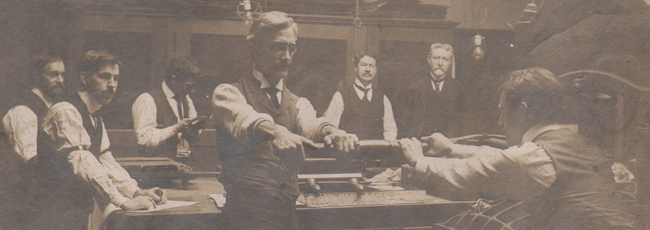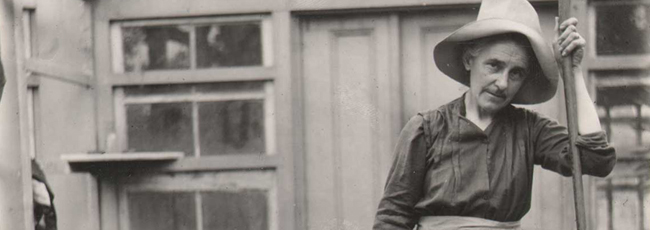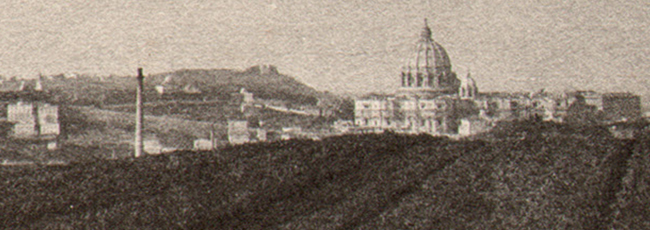Passion, joy, yearning, and dreaming are common to Cutting’s vocabulary, as, implicitly, they are to his photographs. ⎯ Ellie Reichlin
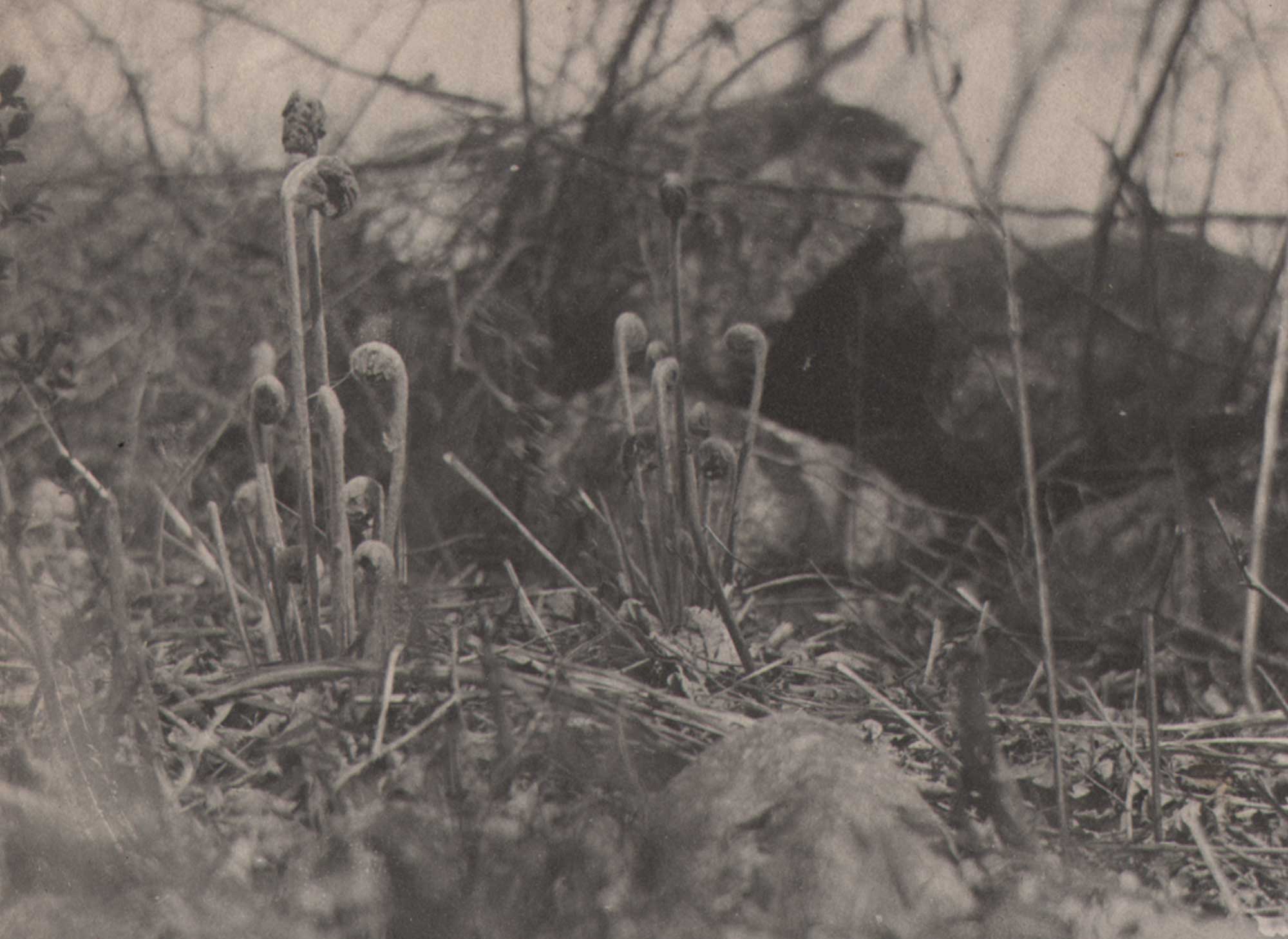
“Fiddlehead Ferns Emerge: Matteuccia struthiopteris” 1906, Album-mounted platinum print, Alfred Wayland Cutting, American, 1860-1935, 9.2 x 9.54 | 27.8 x 34.5 cm. Fiddleheads emerge in Spring in this landscape study most likely taken in or around Wayland, MA. Fiddleheads are prized by foragers and can be prepared for consumption in any number of ways. From Wikipedia: “Matteuccia is a genus of ferns with one species: Matteuccia struthiopteris (common names ostrich fern, fiddlehead fern, or shuttlecock fern.” From: PhotoSeed Archive
Spring is finally upon us in New England, so I’m making the excuse of showcasing a few more examples of the beautiful work of Wayland, MA resident Alfred Wayland Cutting. (1860-1935) Pulled from an 1905-1906 Cutting album acquired by PhotoSeed in 2022, these delicate platinum prints may just be the inspiration for you to explore the beauty and magic emerging in your own backyard: the wonder of the season after their Winter slumber.

“Star of Bethlehem: Ornithogalum”, 1906, Album-mounted platinum print, Alfred Wayland Cutting, American, 1860-1935, 10.5 x 16.0 | 27.8 x 34.5 cm. However delicate and beautiful, some species of Ornithogalum are classified as noxious invasive weeds in some portions of North America. From Wikipedia: “The common name of the genus, star-of-Bethlehem, is based on its star-shaped flowers, after the Star of Bethlehem that appears in the biblical account of the birth of Jesus. The number of species has varied considerably, depending on authority, from 50 to 300.” From: PhotoSeed Archive
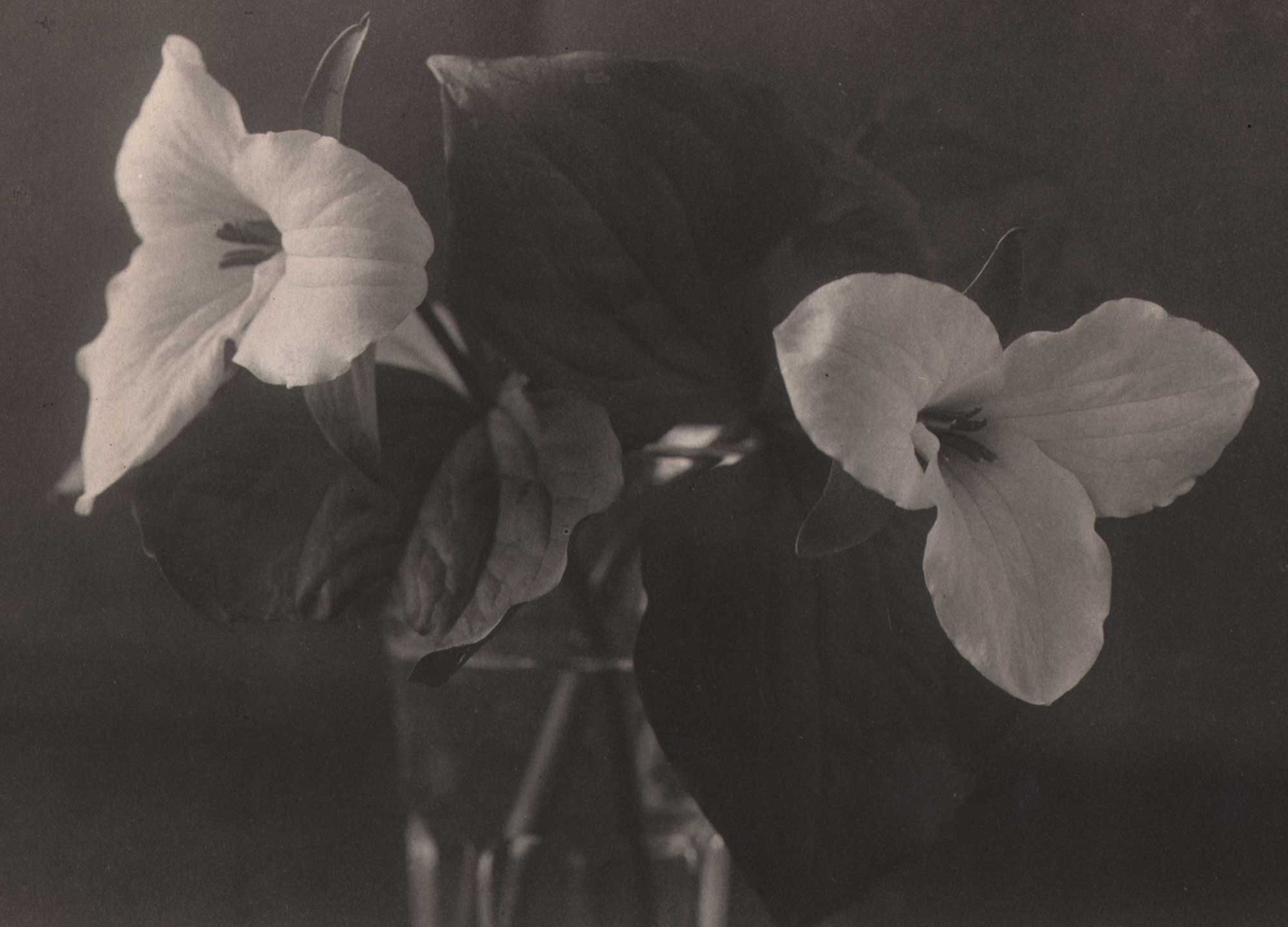
“Trilliums: Trillium grandiflorum: Melanthiaceae”, 1906, Album-mounted platinum print, Alfred Wayland Cutting, American, 1860-1935, 12.5 x 19.2 | 27.8 x 34.5 cm. White Trillium blooms are arranged in a glass vase. From Wikipedia: “Trillium grandiflorum, the white trillium large-flowered trillium, great white trillium, white wake-robin or French: trille blanc, is a species of flowering plant in the family Melanthiaceae. A monocotyledonous, herbaceous perennial, the plant is native to eastern North America, from northern Quebec to the southern parts of the United States through the Appalachian Mountains into northernmost Georgia and west to Minnesota. There are also several isolated populations in Nova Scotia, Maine, southern Illinois, and Iowa.” From: PhotoSeed Archive
The Wayland Historical Society describes Cutting as someone who “always had his camera with him.” A lifelong bachelor, he was the sixth generation of Cuttings to live in Wayland, MA going back to 1713. Born in Boston, he spent 19 years of his life there as a bank teller after graduation from English High School. He then moved to Wayland for good around the turn of the 20th Century, devoting countless hours to his photography.
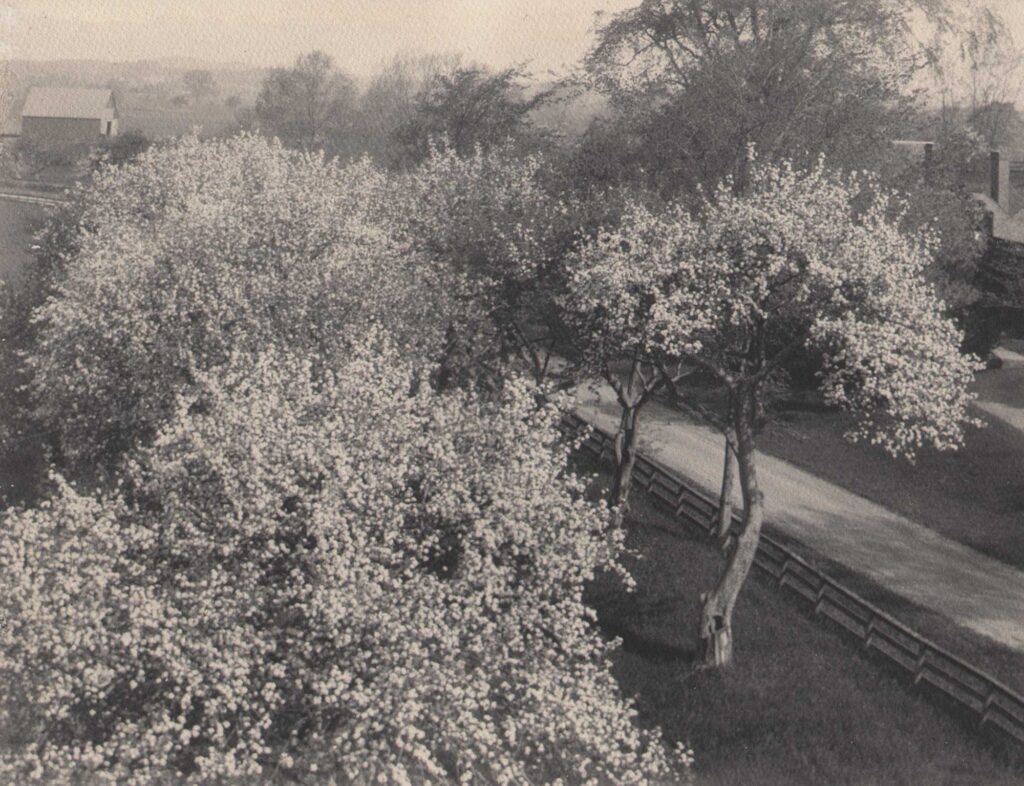
“Flowering Apple Trees: Malus domestica”, 1906, Album-mounted platinum print, Alfred Wayland Cutting, American, 1860-1935, 16.0 x 20.5 | 27.8 x 34.5 cm. In an orchard, apple trees show off their flowers in Spring. Seen from a high angle, with a fence and roadway at right, this view was most likely taken on a farm in the greater Wayland, MA area. From Wikipedia: “An apple is a round, edible fruit produced by an apple tree (Malus spp.). Fruit trees of the orchard or domestic apple (Malus domestica), the most widely grown in the genus, are cultivated worldwide. The tree originated in Central Asia, where its wild ancestor, Malus sieversii, is still found. Apples have been grown for thousands of years in Eurasia before they were introduced to North America by European colonists. Apples have cultural significance in many mythologies (including Norse and Greek) and religions (such as Christianity in Europe).” From: PhotoSeed Archive
Historic New England, based in Boston, the oldest and largest regional preservation organization in the United States, holds the largest collection of extant photographs and other ephemera by Alfred Wayland Cutting: a body of work that commenced when he acquired his first camera, in 1881, to the early 1930’s. By 1927, this archive had already numbered short of 4000 examples.
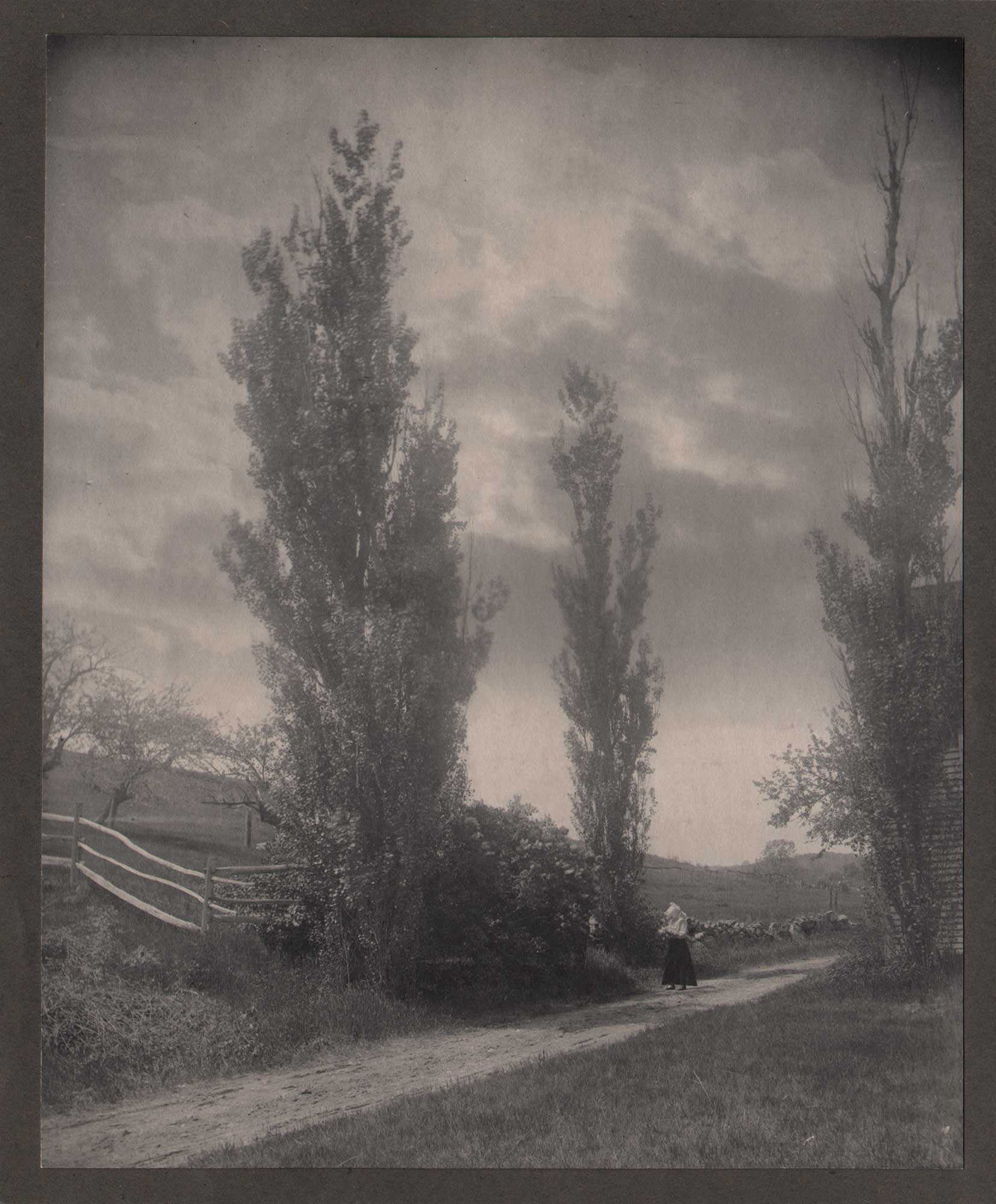
“Gathering Lilac Blooms between Poplar Trees: Syringa vulgaris & Populus”, 1906, Album-mounted platinum print, Alfred Wayland Cutting, American, 1860-1935, 19.0 x 15.5 | 20.4 x 17.0 | 27.8 x 34.5 cm. On a country road, most likely in or around Wayland, MA, a woman gathers lilac blooms from a large bush growing between two poplar trees. From Wikipedia: “Syringa vulgaris, the lilac or common lilac, is a species of flowering plant in the olive family, Oleaceae. Native to the Balkan Peninsula, it is widely cultivated for its scented flowers in Europe (particularly the north and west) and North America.”| “Populus is a genus of 25–30 species of deciduous flowering plants in the family Salicaceae, native to most of the Northern Hemisphere. English names variously applied to different species include poplar, aspen, and cottonwood.” From: PhotoSeed Archive
Here are three insights into the working methods of Alfred Wayland Cutting, from research conducted by the late Ellie Reichlin, former curator of acquisitions at the Harvard Peabody Museum and then Director of Archives at the Society for the Preservation of New England Antiquities in Boston. From the exhibition brochure: “The Old Life Silently Passed: Photographs by Alfred Wayland Cutting (1860-1935):
Cutting was an intensely serious photographic artist and craftsman, steeped in the precepts of art photography and pictorialism, which emerged in the late 1880s and early 1890s as a liberating alternative to the sharply detailed documentary styles that had dominated photography’s first four decades.
He loved Wayland, Massachusetts, where his ancestral roots ran generations deep, with a devotion that verged on reverence.
For all the local significance of Cutting’s work, it would be a mistake to characterize him principally as a Wayland photographer, or as Wayland’s photographer, even though he-with Yankee disdain for the high-falutin’-might have protested efforts to intellectualize or magnify his accomplishments. He described himself unpretentiously as an “amateur or semi-professional.”

